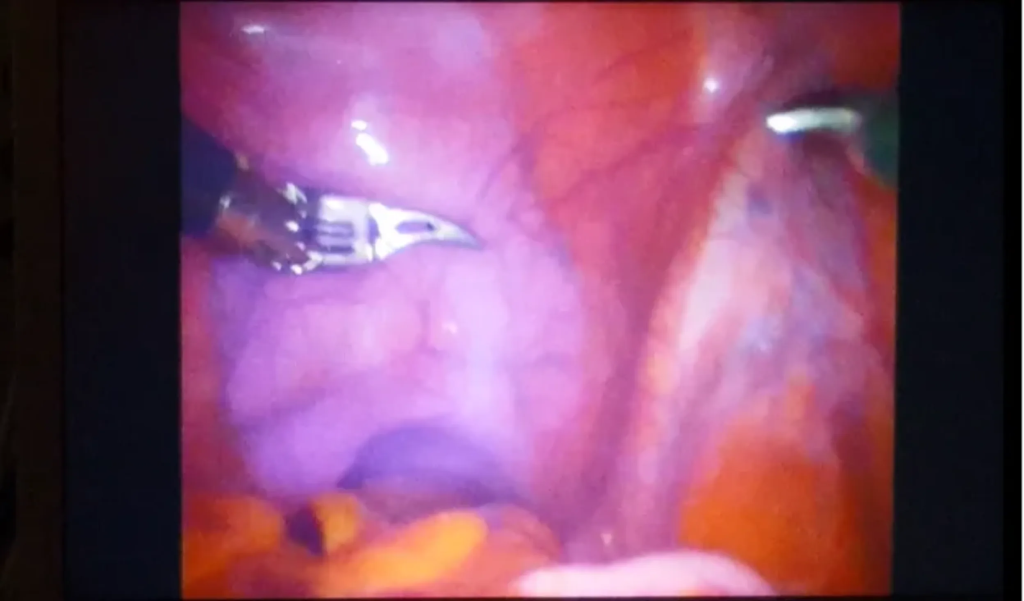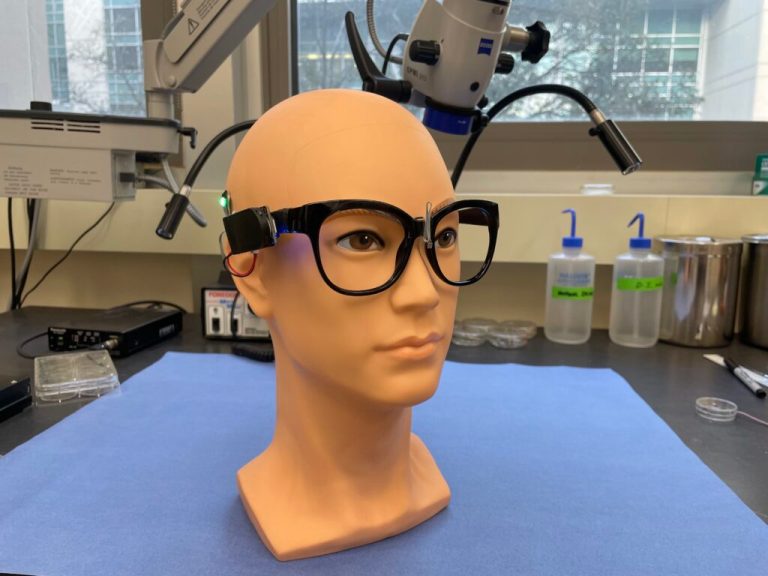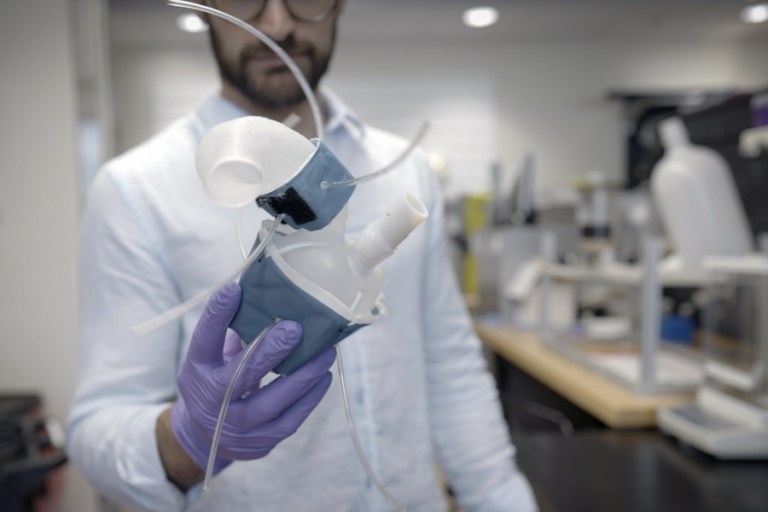Researchers have developed a fluorescent dye that sticks to prostate cancer cells, enabling surgeons to remove malignant tissue they otherwise would not be able to see.
In a preliminary study involving 23 men undergoing prostatectomies, the dye successfully attached to proteins on cancer cells, highlighting them for the surgical team with the help of a specially designed imaging system. Cutting out cancerous cells is crucial to curing the disease in early stages, but it can be extremely difficult to catch those that have spread outside the main tumors to lymph nodes and other areas of the pelvis.
“We are giving the surgeon a second pair of eyes to see where the cancer cells are and if they have spread,” lead author Freddie Hamdy said in a press release. “It’s the first time we’ve managed to see such fine details of prostate cancer in real-time during surgery.”
The dye, which is linked to a molecule that targets Prostate-Specific Membrane Antigens, or PSMA, was developed at the University of Oxford in collaboration with a Southern California-based biotech company. A larger trial is currently underway in the U.K., and researchers are hopeful the dye could one day be used for other types of cancers as well.
RELATED: A New Spit Test That Can Be Done at Home Could “Turn the Tide” on Prostate Cancer
Because the dye-molecule combination allows for more specificity in removing cancerous cells, it also minimizes damage to healthy pelvic tissue.

Surgeons begin a radical prostatectomy in the ProMOTE study, with prostate and lymph node tissue made visible by the purple dye.
“With this technique, we can strip all the cancer away, including the cells that have spread from the tumor and could give it the chance to come back later,” said Hamdy. “It also allows us to preserve as much of the healthy structures around the prostate as we can, to reduce unnecessary life-changing side-effects like incontinence and erectile dysfunction.”
The main benefit, of course, is spotting cancer that the naked eye or other current methods might miss. “In many patients, we saw cancer that we would not have seen otherwise,” Hamdy told the BBC, noting that though it’s too early to say with certainty that the dye will be effective for all patients, his team’s findings are “promising.”
One of the patients the dye did prove effective for is 77-year-old David Butler, who took part in the first trial. After a scan revealed that his cancer was spreading from his prostate, he underwent a radical prostatectomy in 2019, and the dye guided surgeons in removing several lymph nodes and other cancerous tissue during his surgery.
He is now completely recovered from the disease. “I am a very lucky man to have had the life I’ve had. I’ve dealt with a lot health-wise, but I’ve had excellent treatment too,” Butler said in the press release, adding that taking part in the study allows him to continue enjoying life for years to come.
“We want patients to leave the operating theater knowing that we have done everything possible to eradicate their cancer and give them the best quality of life afterwards,” said Hamdy. “I believe this technique makes that possibility a reality.”











